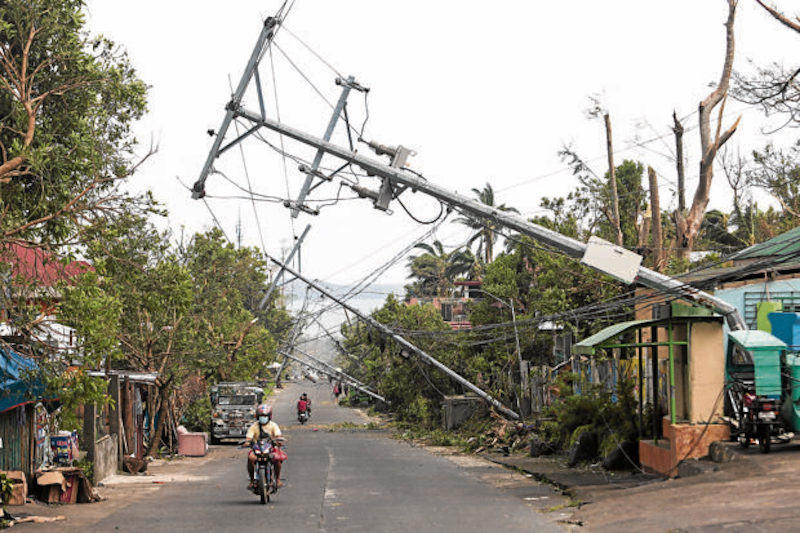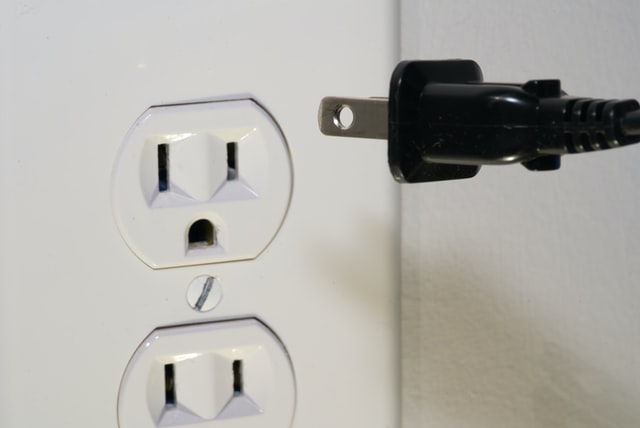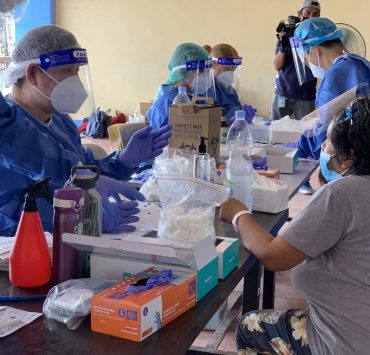Whenever typhoons hit, preparing for power outages is almost customary. Always make sure your cellphone is fully charged, arm yourselves with a power bank, top up the juice of your rechargeable flashlights—these are just some of the practices that we’ve developed out of habit and experience from past storms. After all, we never know how long the power will be out and we’d rather not nag the power l companies because their linemen aren’t waterproof and could be at risk from the strong winds, dangling live wire, the floods, and so on.
For those who are privileged to be able to afford it, portable generators are handy as a backup power supply. “Portable generators have become essential equipment for disaster-stricken communities, especially in places where power has yet to be restored,” said EcoWaste Coalition’s chemical safety campaigner Thony Dizon in a press release.

But as much of an advantage as it can be, generators can be dangerous if used improperly. During the previous typhoon, the police reported that three people died, while 10 others were hospitalized in Albay due to carbon monoxide (CO) poisoning. The incidents were linked to the use of generators amid the power outage in the area.
Health risks
“While easy to buy and simple to use, gasoline or diesel generator sets may cause fatal CO poisoning from toxic engine fumes if used indoors or in partially-enclosed spaces,” said Dizon.
Produced by burning fuel in cars, small engines, furnaces, gas ranges and similar devices, carbon monoxide is an odorless and colorless gas that may cause death to those who inhale it.
The Centers for Disease Control and Prevention lists headache, dizziness, weakness, upset stomach, vomiting, chest pain and confusion as the most common signs of carbon monoxide poisoning. Inhaling too much of this gas can also make you pass out and may lead to death, especially among those who are sleeping or drunk. Babies, pregnant women, the elderly and people with chronic health conditions are also more vulnerable to CO poisoning.

To prevent carbon monoxide poisoning, the EcoWaste Coalition shares these safety precautions from the Consumer Product Safety Commission (CPSC):
- Never use power generators inside your home, garage or similar areas, even if windows and doors are open. Harmful (and possibly lethal) levels of carbon monoxide can accumulate and linger for hours even after the generator set has been shut off.
- Place the generator outdoors and far from windows, doors and vents that could allow the carbon monoxide to enter or seep indoors. CDC advises placing it at a distance of at least 20 feet away from one’s home.
- Follow the instructions that come with your generator.
- Install battery-operated or battery back-up CO detectors in your home. CDC also advises putting this device in a place where you’d be easily alerted when it alarms, especially if you’re asleep.
- Get fresh air right away if you start to feel dizzy or weak.
Other hazards
Aside from carbon monoxide poisoning, using power generator sets improperly may pose electrical and fire hazards.
According to CPSC, “generators pose a risk of shock and electrocution, especially if they are operated in wet conditions. If you must use a generator when it is wet outside, protect the generator from moisture to help avoid the shock/electrocution hazard.” Never, and we mean never, touch generator sets with wet hands. Using generators in a flooded home is also a huge no-no.
CPSC also warns against backfeeding, or the practice of powering a house wiring by plugging the generator into a wall outlet. “This is extremely dangerous and presents an electrocution risk to utility workers and neighbors served by the same utility transformer. It also bypasses some of the built-in household circuit protection devices,” states the safety commission.

Using heavy-duty extension cords designed for outdoor use is also preferred when connecting appliances to the generator. Make sure that the entire cord is free of cuts or tears as well.
To avoid fire, the CPSC advises that generator fuel should never be stored inside your house nor near fuel-burning appliances, objects that emit heat or flames, and the generator itself. “Before refueling the generator, turn it off and let it cool down. Gasoline spilled on hot engine parts could ignite,” the safety commission adds.
Header photo retrieved through Creative Commons. “WEN 56200i Super Quiet 2000-Watt Portable Inverter Generator” by QuietHut is licensed under CC BY 2.0
Get more stories like this by subscribing to our weekly newsletter here.
Read more:
What I realized about online classes during a typhoon power outage
All the rescue hotlines you can call or text during emergencies
Here are some things you didn’t know you need to pack in your emergency bag
Writer: YANN MAGCAMIT




